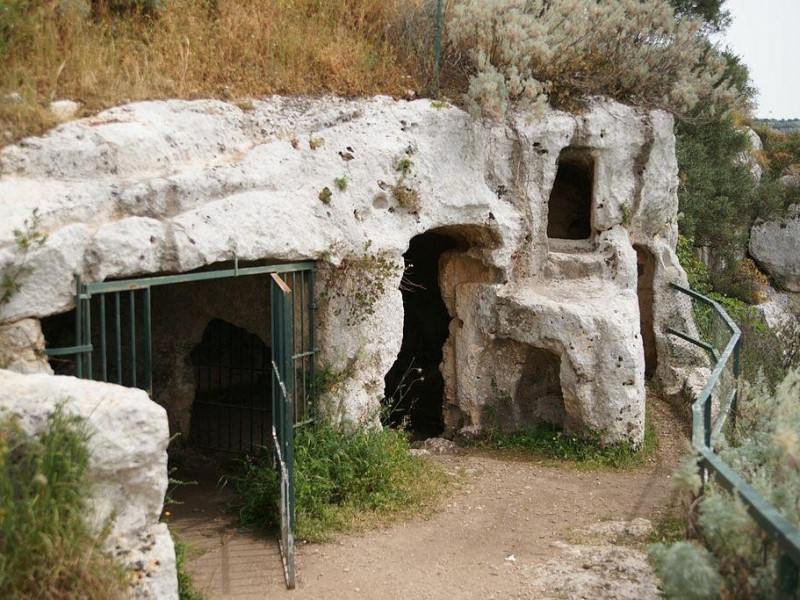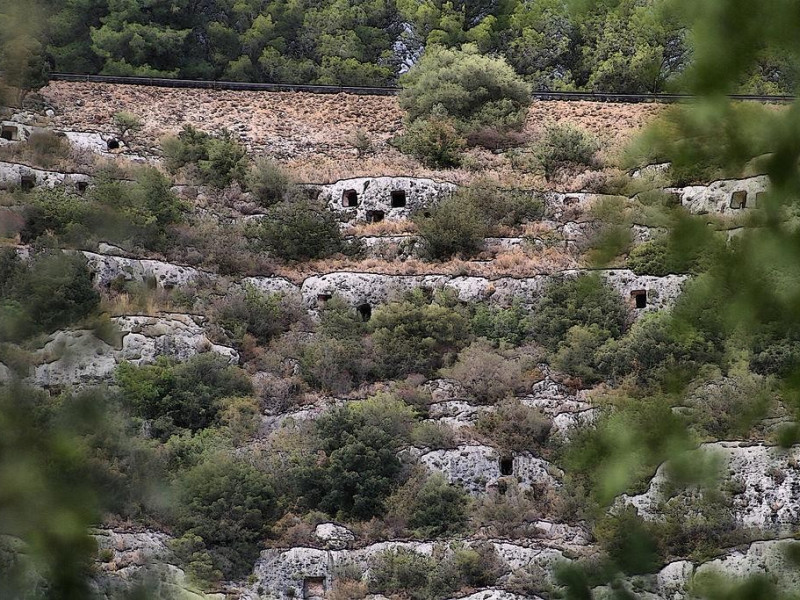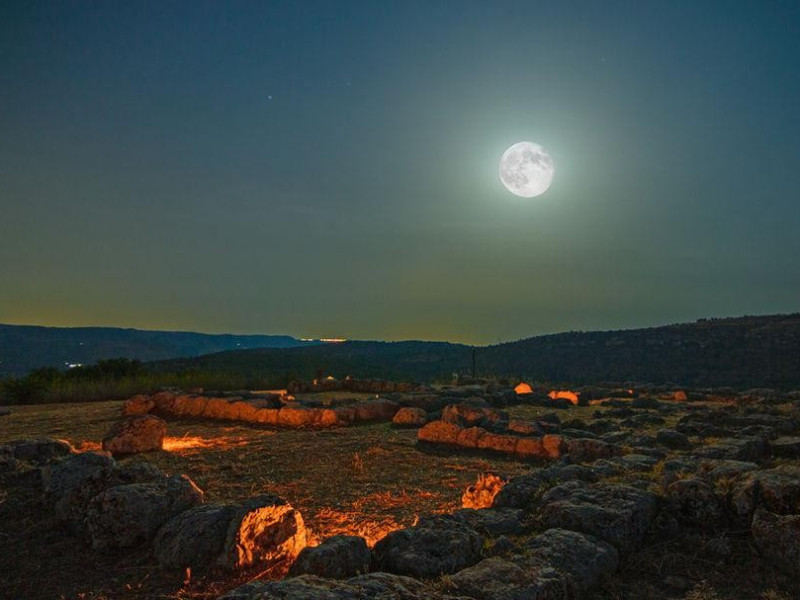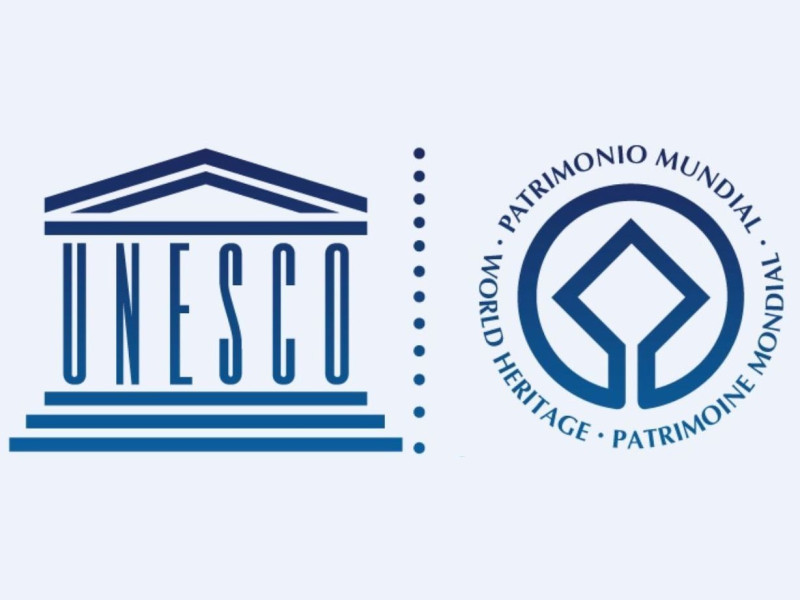Necropoli Rupestri di Pantalica (Sito UNESCO)
Name of the site seems to derive from the Arabic word "Buntarigah", which means "cave", for the obvious presence of natural and artificial caves. The site is one of the most important Prehistoric sites in Sicily, useful to understand the moment of transition from Bronze to Iron Age. Since 2005 it is "World Heritage" by UNESCO. Pantalica has also given its name to a famous story by Vincenzo Consolo, "Pantalica's Stones", where the plateau becomes metaphor for human journey. The site is located on a plateau surrounded by canyons formed over millennia by two rivers and falls in the Natural Park of Pantalica, Anapo Valley Creek and Cava Grande. The territory is a vast necropolis which icnlude: Filiporto Necropolis, a thousand tombs belonging to the last phase of the city (IX-VIII century BC); North-West Necropolis, one of the oldest in the area (XII-XI centuries BC); Cavetta Necropolis (IX-VIII century BC) with the presence of Byzantine houses and North Necropolis, the largest (XI-XII century BC). The presence of Byzantine settlements is attested by several groups of villages carved into the rock: St. Micidiario, approximately 150 dwellings including St. Micidiario's Church, on the brink of an abyss. Inside you can still see traces of frescoes and wall inscriptions, as well as the figure of Pantocrator flanked by two angels and St. Mercurius. Follows the village of St. Nicolicchio, on the south, characterized by S. Nicolicchio's Oratory, with traces of a fresco of VII century; Cave of the Crucifix, used as a church, with a rectangular apse, and Cavetta, with groups of dwellings cave.







